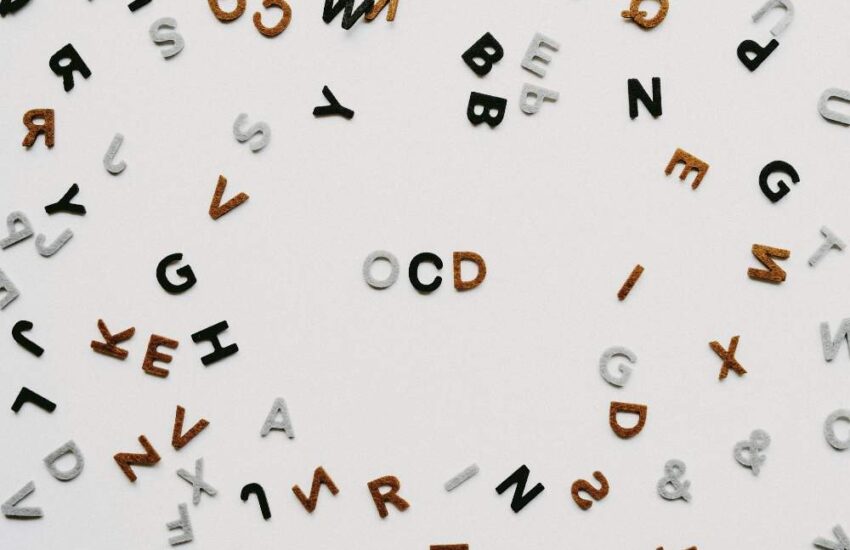The Influence of Social Media on Mental Well-Being Among Youth in the USA
In today’s world, social media is, well, just about everywhere; it’s become a huge part of our daily lives, and just like anything humans create, it has both positive and negative sides. Social media is inherently neither bad nor good.
However, it seems like people forget how to use it responsibly. That’s one of the reasons why many people (from scientists to lawmakers) talk about social media being harmful in the context of mental health issues, especially for young people.
Highlighting the urgency of these concerns in the state of Washington, the Seattle Public Schools District took a significant step by suing social media platforms, accusing them of exploiting the most vulnerable user demographic—teenagers.

Besides expanding on that topic, in this article, we’ll look into the influence of social media on mental well-being among youth in the USA.
Let’s consider the facts (and numbers)
Before we continue our talk about why social media can be pretty harmful to youngsters, we should take a look at the social media landscape among US youth.
In the year 2023, a Pew Research Center survey showed some significant insights into the social media habits of US teens. Despite many public concerns about their impact, teens extensively use platforms like YouTube, TikTok, Snapchat, and Instagram.
Among these platforms, YouTube maintains its dominance (about nine in ten teens say they’re using it regularly), followed by TikTok, Snapchat, and Instagram (each being very popular among most examinees).
On the other hand, Facebook and Twitter have seen declines in teen users over the past decade; it seems as though they’re not so popular anymore, with many teens seeing them as something old people use.
Regarding the time spent on social media, many teens have reported that they’re present on social media almost constantly. Although exact hourly data is not provided in the study mentioned above, it does reveal that nearly half of teens spend a significant portion of their waking hours online.
This trend implies that many teens engage with social media for multiple hours each day, potentially totaling several hours.
Why is social media so popular among the US youth?
There are several reasons why social media is so popular among the younger generation.
First of all, social media platforms serve as creative hubs where young people can be self-expressive; platforms allow them to share with (or receive from) others and draw inspiration. Social media nurtures connections and helps build/maintain relationships, which is crucial for teens navigating through transitions in probably the most sensitive period of their lives.
Secondly, there’s the famous FOMO or fear of missing out. The desire for inclusivity drives teens to engage with social media; they want to make sure they stay connected with peers and don’t miss any of the current trends.
Lastly, we have to consider the rewarding nature of receiving likes on posts, which triggers the release of dopamine (a neurotransmitter that plays a key role in pleasure and motivation), reinforcing the desire for social validation and popularity.
Is social media addictive?
Here’s a short answer: yes, it certainly is. Many have observed the addictive nature of social media; it’s a widely discussed public concern. Going back to the example of Washington, in the first month of 2023, the Seattle Public Schools District sued social media platforms for exploiting the psychology and neurophysiology of their users.
In essence, these platforms DO entice users to return frequently. As noted above, pressing a share, like, or comment button activates the brain’s reward center and creates a sensation similar to that experienced during gambling or drug use.
Besides its addictive allure, heavy social media usage has been consistently associated with heightened risks of depression, anxiety, substance abuse, loneliness, self-harm, and even suicidal ideation.
These negative outcomes often come from feelings of inadequacy regarding one’s life or appearance, a superficial feeling fostered by social media platforms. As a way to cope with the everpresent pressure that social media causes, Washington State provides its residents with quality facilities they can turn to in their time of need.
If you or someone you love is experiencing mental health issues in addition to addictive tendencies, it might be good to reach out to the women-led, 24/7 treatment facility – We Level Up Washington. This center is quite known in the area for its dual diagnosis treatment, treating both (substance) addiction and its causes/consequences (anxiety being one of them) simultaneously.
Other effects of social media on the mental health of US youth
Besides being addictive, social media platforms have other (negative) effects on the mental health and socialization of US youth. Here, we’ll consider some of these, emphasizing the influence of social media on mental well-being among youth in the USA.
Social media intensifies feelings of depression and anxiety
Social media usage has been linked to higher rates of depression and anxiety among teens. Notably, 46% of teens in the US have reported encountering abusive behaviors like cyberbullying and threats online (this information comes from the Pew Research Center survey we’ve mentioned above). These issues can easily intensify feelings of depression and anxiety in teens.
Also, frequent consumption of social media is linked to higher risks of suicide among teens. Those who spend a solid amount of time on electronics are more likely to exhibit suicide risk factors: continuous feelings of sadness and hopelessness, contemplating or planning suicide, or even attempting suicide.
Constant use of social media causes sleep deprivation
Social media use has been identified as a significant contributor to sleep deprivation among teens. Despite your usual expert recommendations for nine hours of nightly sleep, an increasing number of youngsters are experiencing sleep deficits. These deficits are largely attributed to their engagement with social media platforms.
Social media encourages body image issues
Platforms like Instagram encourage body image issues for many teenagers, with its photo-editing options, filters, and effects often leading them to feel dissatisfied with the way their bodies look. Additionally, some teens who experience suicidal thoughts attribute them to their experiences on Instagram (a piece of information that we can’t unsee).
Conclusion
To summarize, the influence of social media on mental well-being among youth in the US is significant and multifaceted. While platforms offer options for self-expression, connection, and entertainment, their constant use can also present mental health risks, such as increased rates of depression, anxiety, and issues with body image.
The pervasive nature of social media, coupled with its influence on teens’ sleep patterns and self-esteem, underscores the need for ongoing research and proactive measures to handle its negative effects. Among other things, we need to promote digital literacy, encourage open communication, and learn about healthy online habits.


